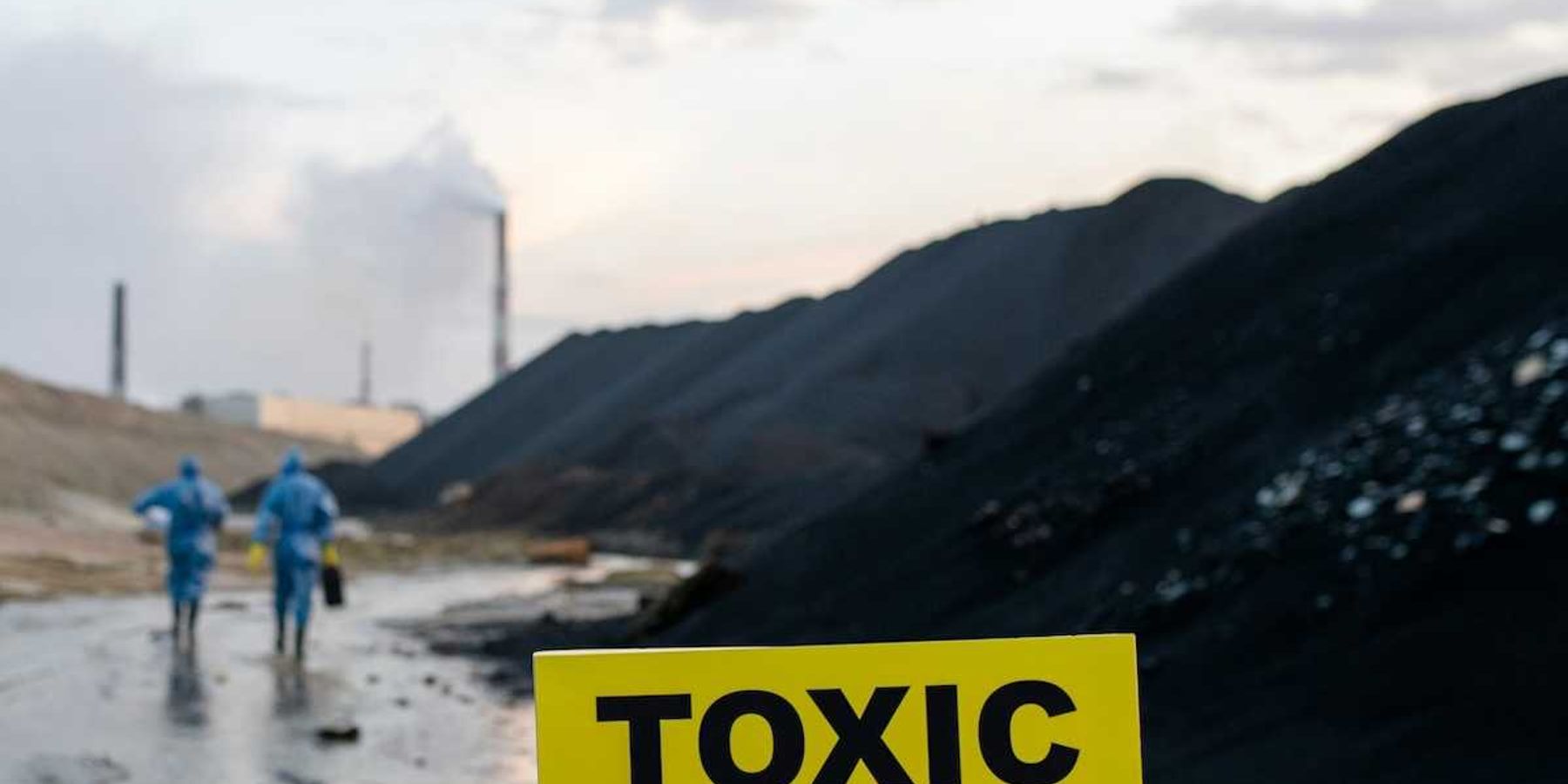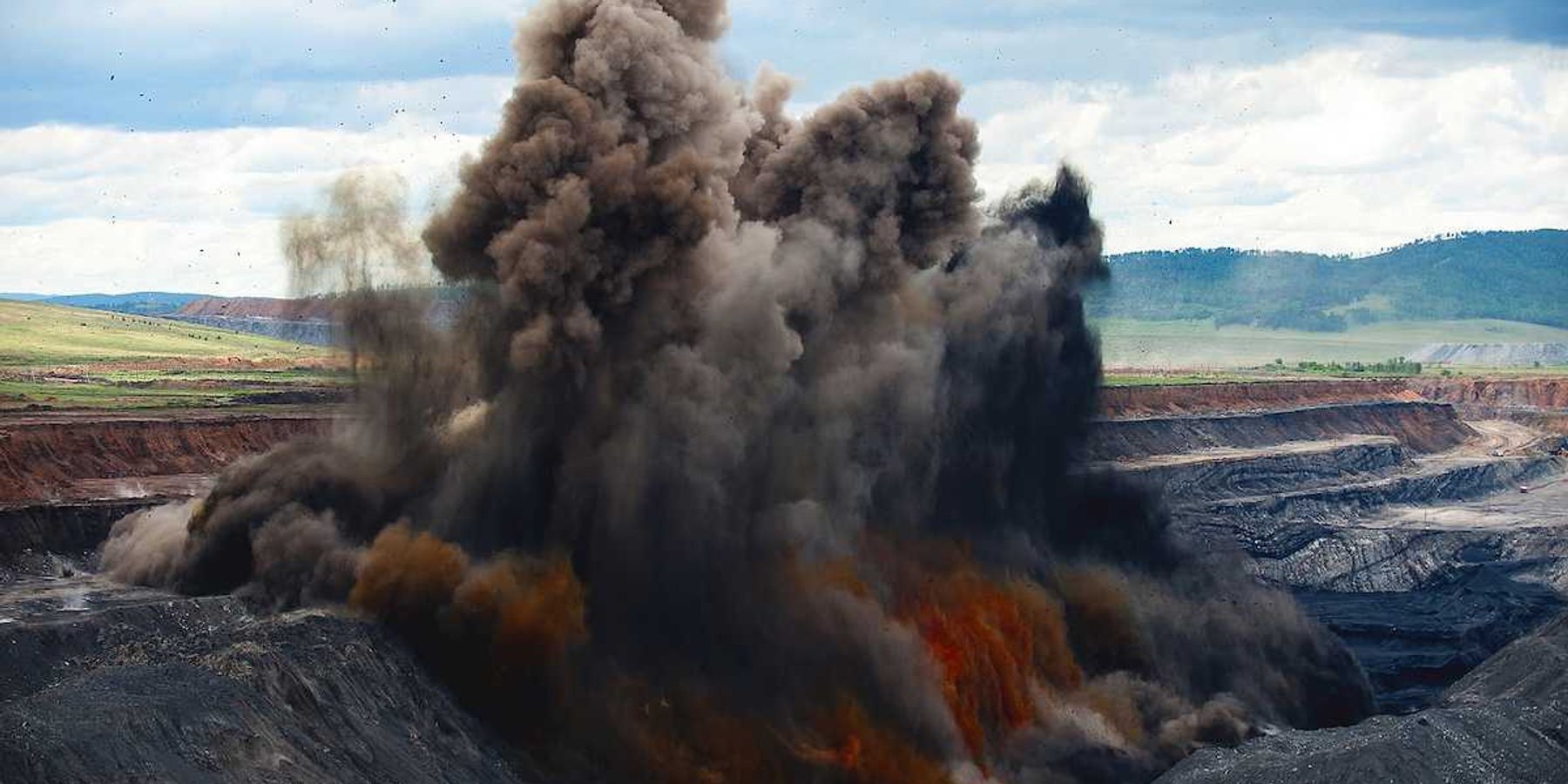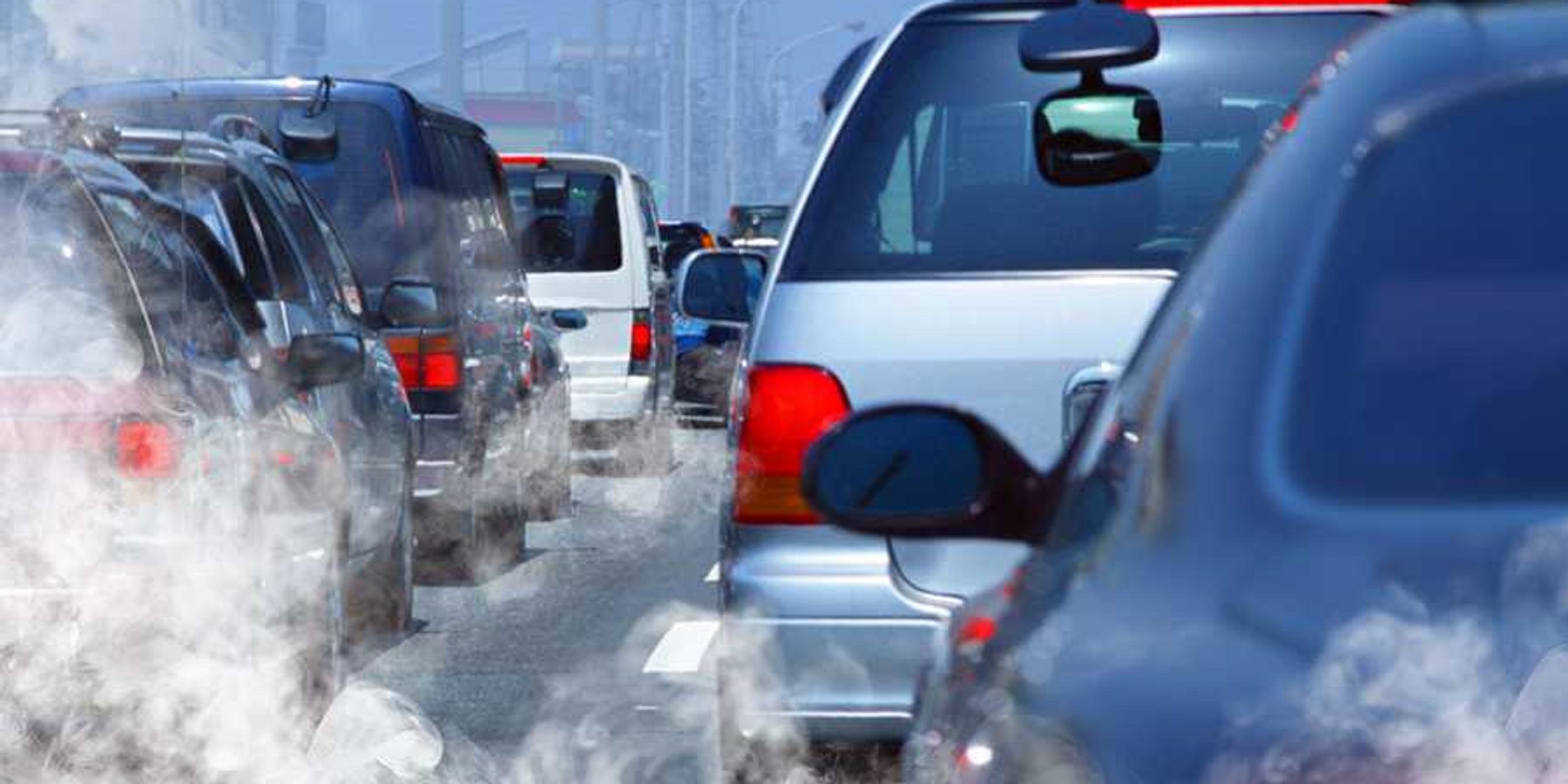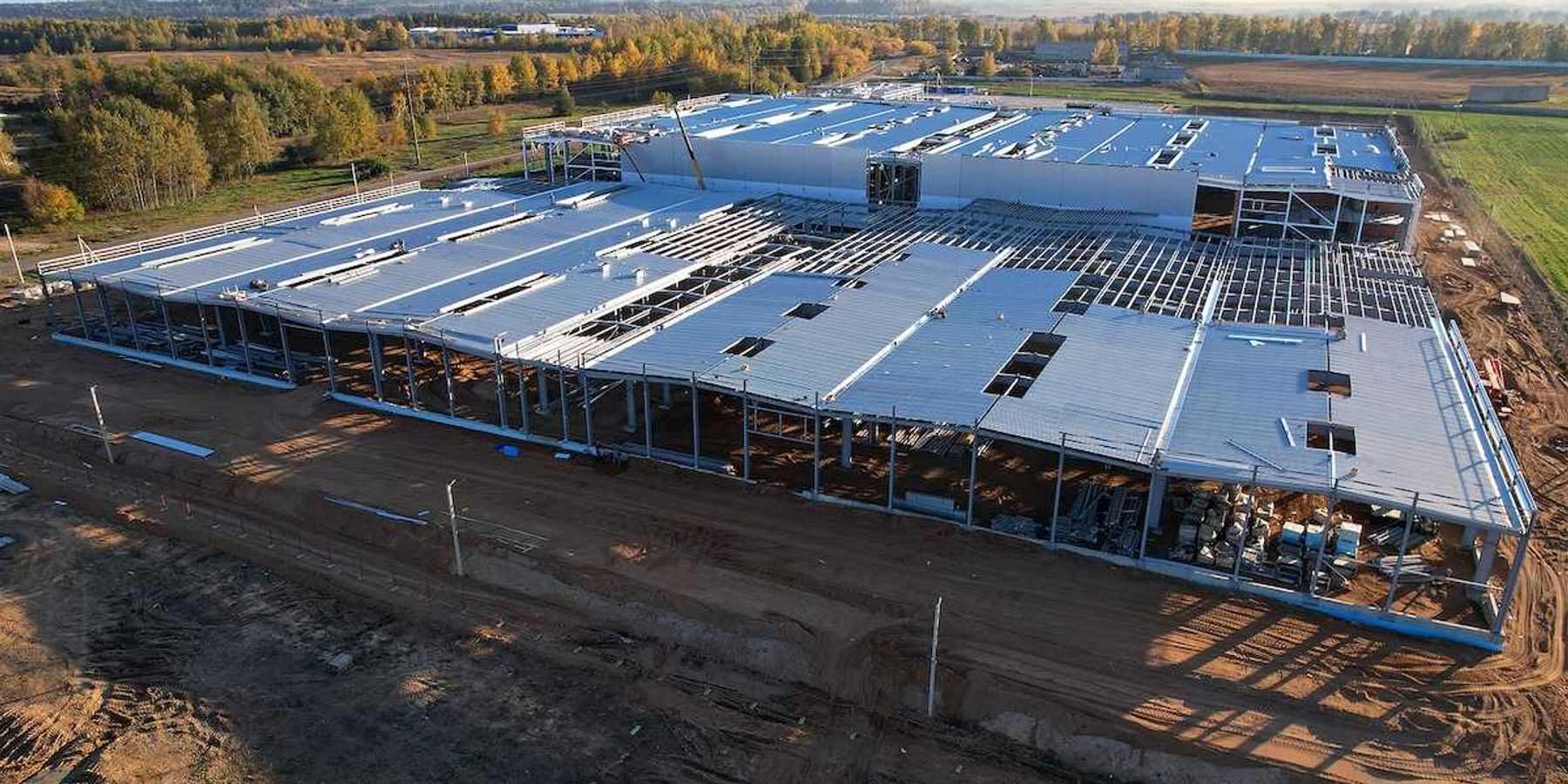Bloomberg pledges to fund U.S. Paris Agreement obligations after withdrawal
Michael Bloomberg’s foundation will step in to cover U.S. funding gaps for the Paris Agreement after Trump withdrew from the accord.
Zack Budryk reports for The Hill.
In short:
- Bloomberg Philanthropies will fund U.S. financial obligations to the UN Framework Convention on Climate Change (UNFCCC) and support emissions reporting.
- The U.S. typically covers about 20% of the UNFCCC budget, which totaled $7.5 million in 2024. Bloomberg previously contributed $15 million between 2017 and 2020 during a prior withdrawal.
- Trump officially began the Paris withdrawal process last week, making the U.S. one of only four nations not part of the agreement.
Key quote:
“Now, philanthropy’s role in driving local, state and private sector action is more crucial than ever — and we’re committed to leading the way.”
— Michael Bloomberg
Why this matters:
Efforts to curb climate change face a critical challenge as the international community grapples with funding shortfalls to support emissions tracking and help nations meet the Paris Agreement's ambitious goals. The problem is compounded by inconsistent government support, particularly from the United States, which has at times stepped back from its commitments. Contributions like Bloomberg’s fund projects like advanced emissions-monitoring systems, which allow nations to quantify progress toward reducing greenhouse gases. However, such reliance on voluntary donations raises concerns about the sustainability and equity of global climate efforts.
Read more: Climate shifts in 2025 could reshape global action













